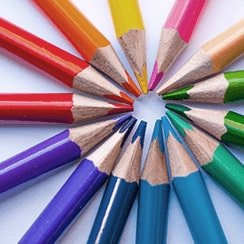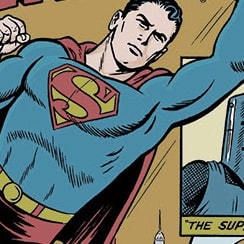Try GOLD - Free
Outlook LGBTQ Magazine - February 14 - March 13, 2020

Go Unlimited with Magzter GOLD
Read Outlook LGBTQ along with 10,000+ other magazines & newspapers with just one subscription
View CatalogSubscribe only to Outlook LGBTQ
Cancel Anytime.
(No Commitments) ⓘIf you are not happy with the subscription, you can email us at help@magzter.com within 7 days of subscription start date for a full refund. No questions asked - Promise! (Note: Not applicable for single issue purchases)
Digital Subscription
Instant Access ⓘSubscribe now to instantly start reading on the Magzter website, iOS, Android, and Amazon apps.
Verified Secure
payment ⓘMagzter is a verified Stripe merchant.
In this issue
The Mad Race To
Discover HIV Vaccine
The Transformation
Of Lisa
Some Workplaces Are
Sensitive, Some Aren’t
The Long Legal
Road To Freedom
Outlook LGBTQ Magazine Description:
HERE are inherent challenges when one works on an issue like this one
LGBTQs. The first is to treat them, not as non-mainstream, but an inherent
and natural part of our society. If they are always perceived as separate,
as apart from the mainstream, we fail to integrate them cohesively and
harmoniously. We need to consider them like any other individual; hetero and
homo are two sides of the same societal coin. Yet, sections within the society
have distinct identities, like every person has. An individual can be a north
Indian, one who hails from Punjab, as also a Dalit or Brahmin. Similarly, a
person can be a man, woman, third gender, man and woman, woman and man,
and so on. Any mainstreaming has to be delicate; it has be a melting pot where
each flavor stands out with its own unique taste.
Another issue is the portrayal of LGBTQs. Since mass entertainment and
information construct rigid stereotypes of people with differing identities, an
issue like this has to deliberately and compulsively wean away from them.
One has to show them as normal people, with varying physicality and sexual
tendencies, but with similar emotions, feelings, and desires. They are like any
neighbour we confront in our residential localities, offices, and markets. They
may look and feel different, but these are like the ones that exist between
people from different regions, communities, ethnic groups, religions, and even
classes and castes. In the end, we are humans.
Related Titles

Diversity Rules Magazine

Out NW

Attitude UK

Q Magazine Australia

Gay Pages

ION Arizona

RAGE MAGAZINE SAN DIEGO EDITION

Trikone

Connextions Magazine

Gay Weddings and Marriage Magazine

Fop Magazine

The Raynbow Affair

Tagg Magazine

She's SINGLE Magazine

MAN-X Magazine

Lesbian News Magazine

Downhouse Town

ELEMENT

Transliving

TheGayUK

Pink Weddings Magazine

Fyne Times

GayCalgary Magazine

CAPE TOWN PRIDE

HiMM






















